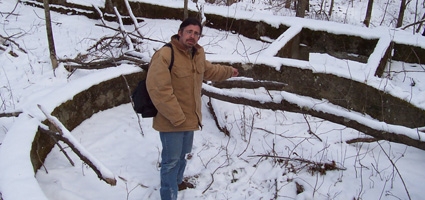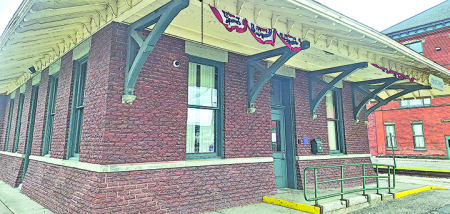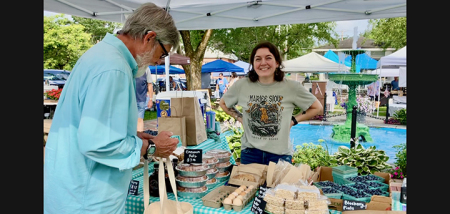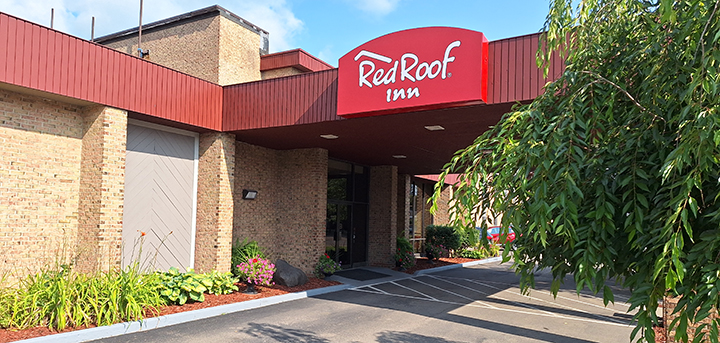Souvenirs Of Yesteryear: Farmstead Archaelogy
Published:
February 27th, 2008
By:
Donald A. Windsor

Local history is frustrating because of the lack of written records from our earliest settlers. The first Euro-American to write about entering Chenango County was Richard Smith in 1769. He described his passage down the Susquehanna River through what are now the towns of Bainbridge and Afton. I suspect that some Euro-Americans arrived here even earlier. Our first “History of Chenango County,” by Hiram Clark, was published in 1850, two generations after the establishment of the county in 1798. He no doubt missed a lot.
In the absence of written records, history must be studied by relying on the physical remains people left behind. Here too, our earliest settlers did not leave much that has endured. Nevertheless, we continue looking.
Archaeology is the study of the past as evident in the material remains available to us. In this area it is most commonly associated with Native Americans. However, other subjects are also studied, categorized as to whether they are historic or prehistoric. History in North America is usually considered to have begun with the arrival of the Europeans, who did leave a paper trail. Topics in the historic category are domestic, military, urban, industrial, canal, and railroad archaeologies, just to name a few. Out of domestic site archaeology grew the study of old houses, wells, privies, dumps, and schoolhouses. Farmstead archaeology developed because too many archaeologists were focusing on the farmhouse and ignoring the barns and other outbuildings.
Author: Donald A. Windsor - More From This Author
Comments










